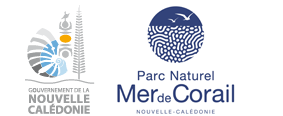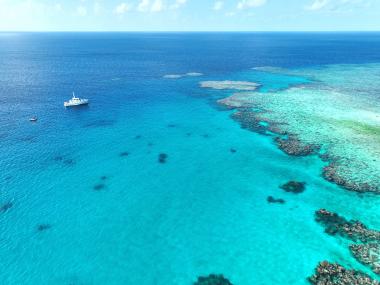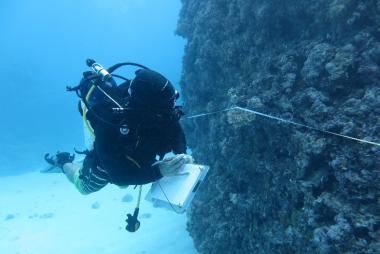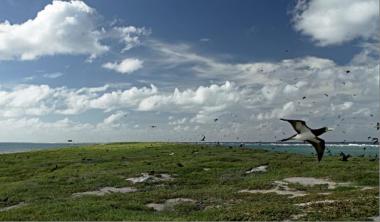Creation of new reserves
An important step for the future of the Natural Park of the Coral Sea has been taken! On 14 August 2018 the New Caledonian Government increased the area of the Park's pristine coral reefs and lagoons under high levels of protection to 100 percent (1630 square kilometres of coral reefs and 12,375 square kilometres of coral lagoons).
This adds to the 15,000 square kilometers of coral reefs around the world that already benefit from this same level of protection, meaning that from now on, 16,630 square kilometres (or 11 percent) of the world’s reefs are highly protected.
28 000 square kilometres of reserves in the natural park
This decision by the New Caledonian Government creates new reserves in the Natural Park of the Coral Sea over reefs, lagoons and islets, and surrounding waters whose total area is equivqlent to about one-and-a-half times the area of Grande-Terre, the main island of New Caledonia:
- 7000 square kilometres of wilderness area, an area equivalent to the South Province of New Caledonia.
- 21,000 square kilometres of nature reserve, an area equivalent to the Grande-Terre.
This is significant increase on the 0.6 square kilometres of wilderness area and 3100 square kilometres of nature reserve that existed previously.
New rules and authorisation needful
This decisison creates new rules for use of the new reserves for professionals and individuals :
- all fishing is prohibited (including for self-consumption).
- all access is subject to authorisation from the Government.
also prohibited are domestic animals, bivouacking and picnics ashore, motorised water sports, fishing, hunting, foils and aerial activities, whether motorised or not. No levy is allowed and the introduction of paid access rights is under study.
The last refuges of biodiversity under protection
The new reserves in the Natural Park of the Coral Sea are located in Chesterfield, Bellona, Pelotas atoll and Guilbert reefs at Entrecasteaux, Petrie and Astrolabe.
- North Chesterfield is now as wilderness areas : Longue Island and its southern cay, the Passage islet, the North-East islet and Mouillage Island No.1, and the Bampton, Reynard and Avon islets.
- Bellona is now as wilderness areas : Olry, North-West Bellona, The Observatory ans South Bellona.
- Entrecasteaux : new reserves have been created in plus of Leleizour islet, Surprise islet, Fabre islet, and Huon islet already classified.
- Petrie and Astrolabe, the whole is classified as a wilderness area.



